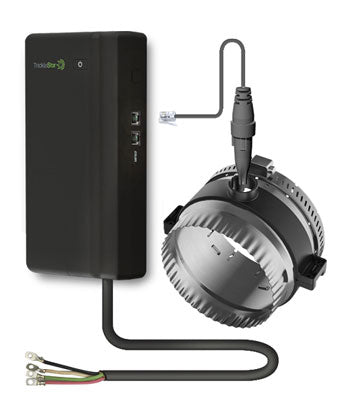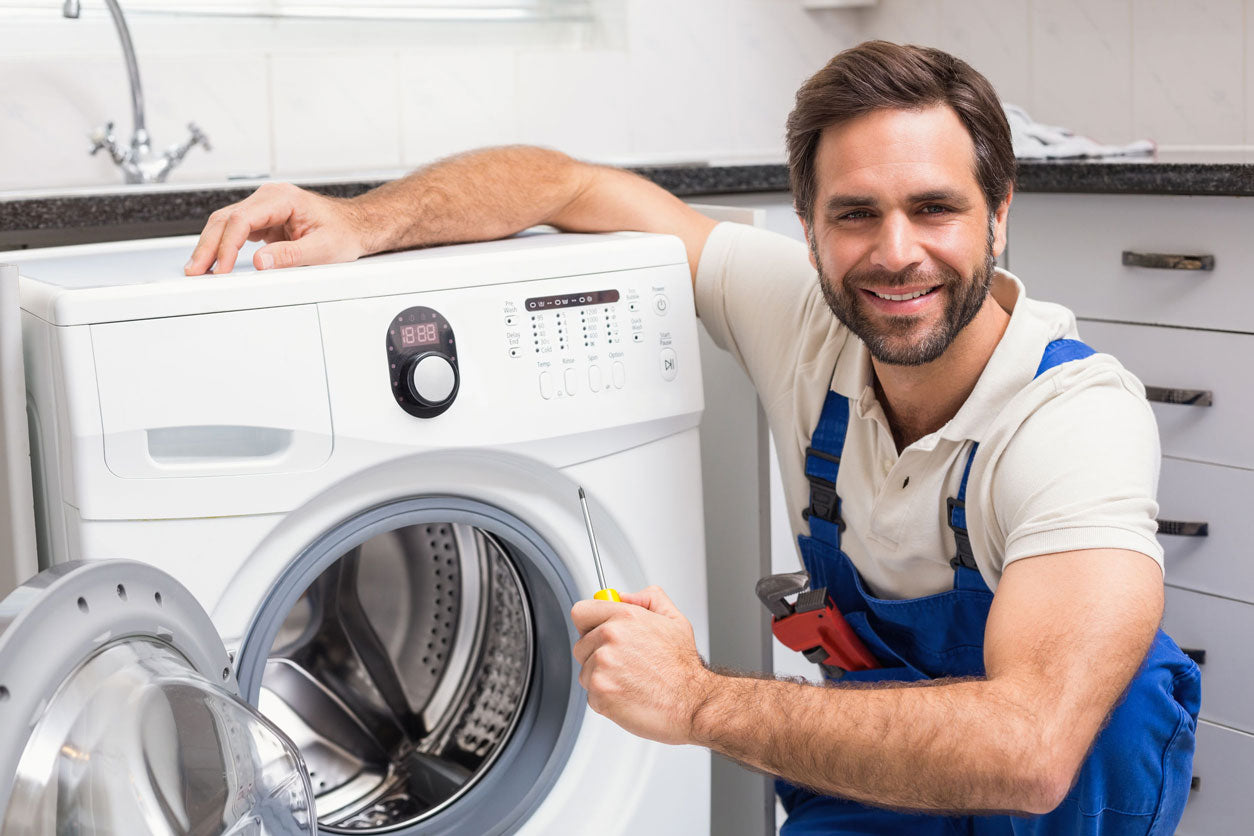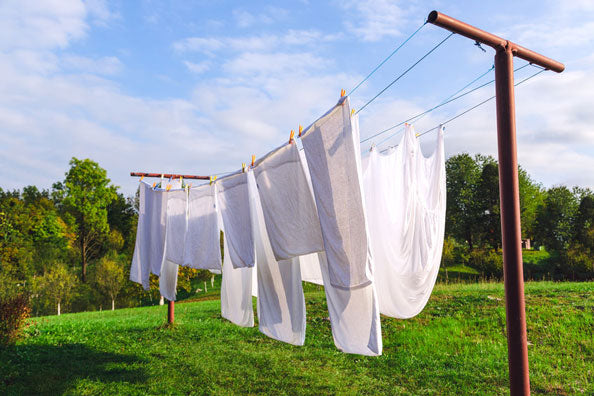#1 Wash with cold water
Where possible pre-soak clothes and then wash clothes with cold water. Heating water is one of the largest consumers of power in the home. Using cold water can substantially reduce the energy required to heat water and save money. What's more, cooler washes help preserve the colours of your clothes for longer.#2 Wash with full loads
It goes without saying that full loads are a more efficient use of both energy and water, apart from being less polluting by using less detergent. Where possible, wait an extra day or two to get a full load.#3 Spin dry
Use the high-speed or extended spin cycle in the clothes washer. This removes as much excess moisture as possible and means you will be using a lot less energy to dry the clothes when using a clothes dryer. This applies for both electric and gas dryers.

#4 Install a TrickleStar® DryerSaver™️
Drying clothes with an electric clothes dryer is especially power intensive. Many older electric clothes dryers are installed with timers and have no humidity sensors so they tend to run for much longer than needed, wasting power and damaging your clothes. Many newer electric clothes use older generation temperature and humidity sensors which are less accurate and can foul over time, leading to needless over-drying. A TrickleStar® DryerSaver™️ is a simple, easy retrofit device to all electric clothes dryers, preventing overdrying and lowering energy bills.
#5 Service your dryer exhaust duct
Ensure your dryer exhaust duct is cleaned regularly to avoid the risk of a duct fire and speed up drying times.#6 Select similar items to wash together
This can save energy especially during the drying cycle. Items such as towels, bed linen and clothes all dry at different speeds as they have different materials, sizes and thickness. Having half a load that is dry whilst the other half of the load is still drying is inefficient and results in longer drying times.